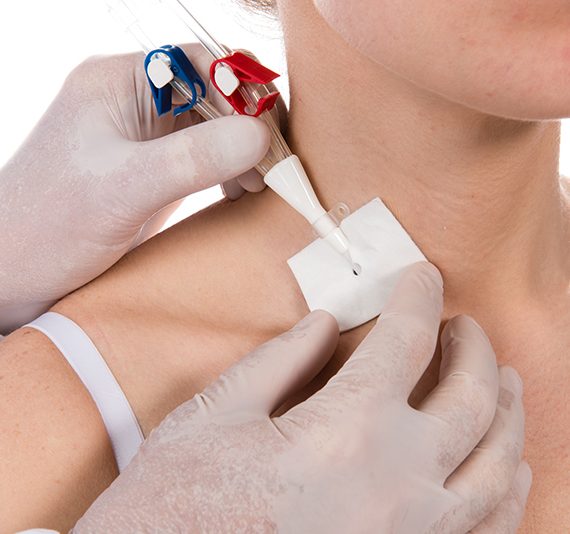The main guidelines for the management of fistula-related infections
Edited by Dr. Marisa Pegoraro, a nurse specializing in haemodialysis at the Niguarda Ca’ Granda Hospital, a member of the EDTNA / ERCA scientific association, former President of the SIAN scientific association. It should never happen, but unfortunately arteriovenous fistulas sometimes become infected or aneurysms form. Dr. Pegoraro explains very clearly what to do in these cases and, in general, how to keep this important access in good condition. A fistula is a communication between an artery and a vein, usually on the forearm, sometimes on the arm. The connected vein becomes larger, more palpable and stronger. It changes very...













